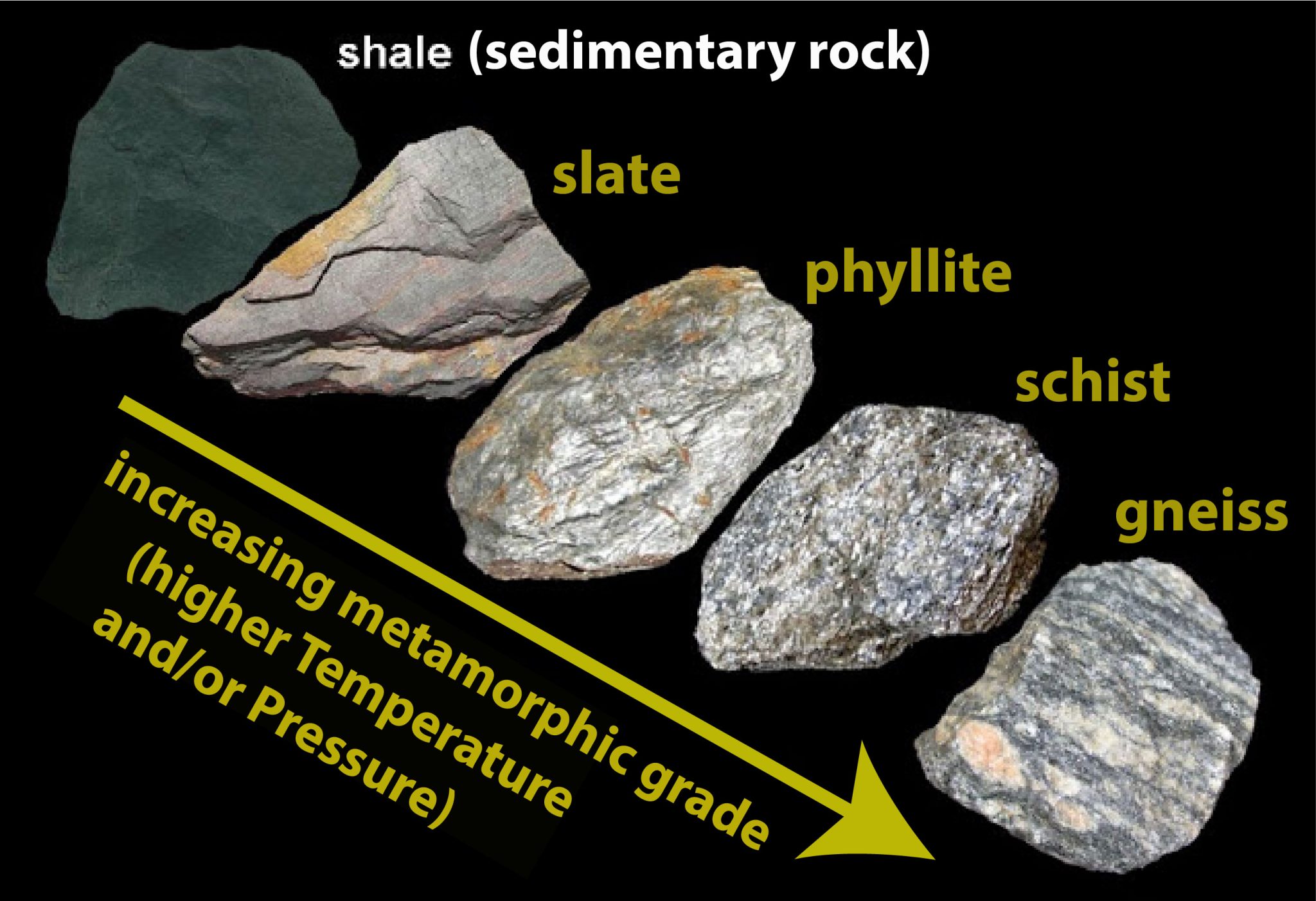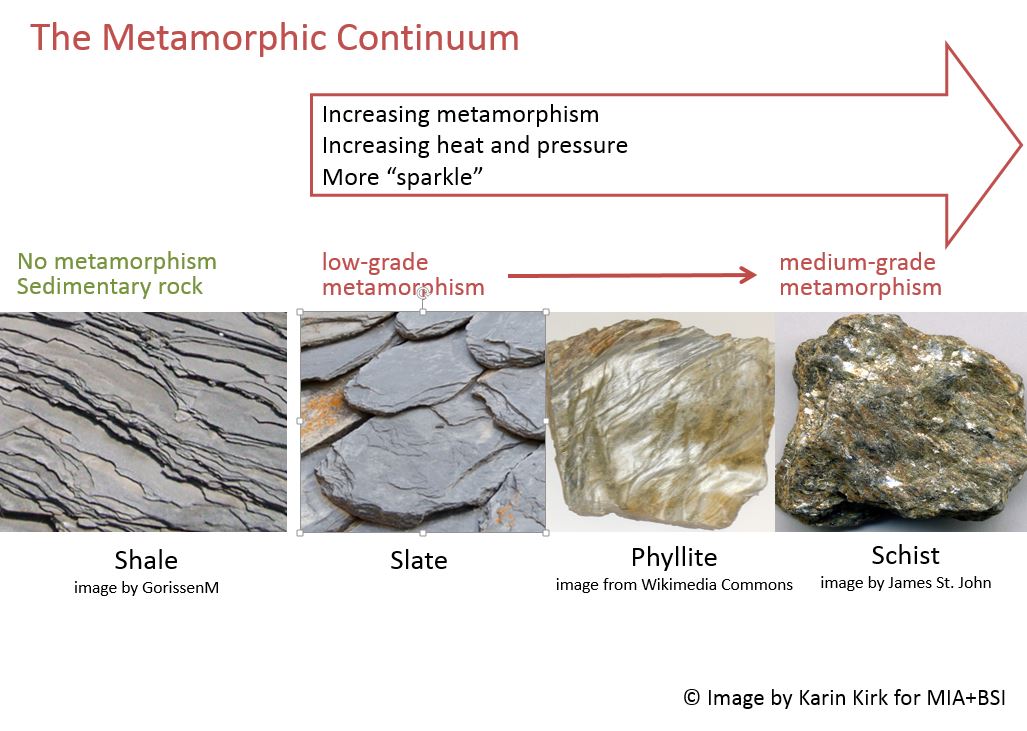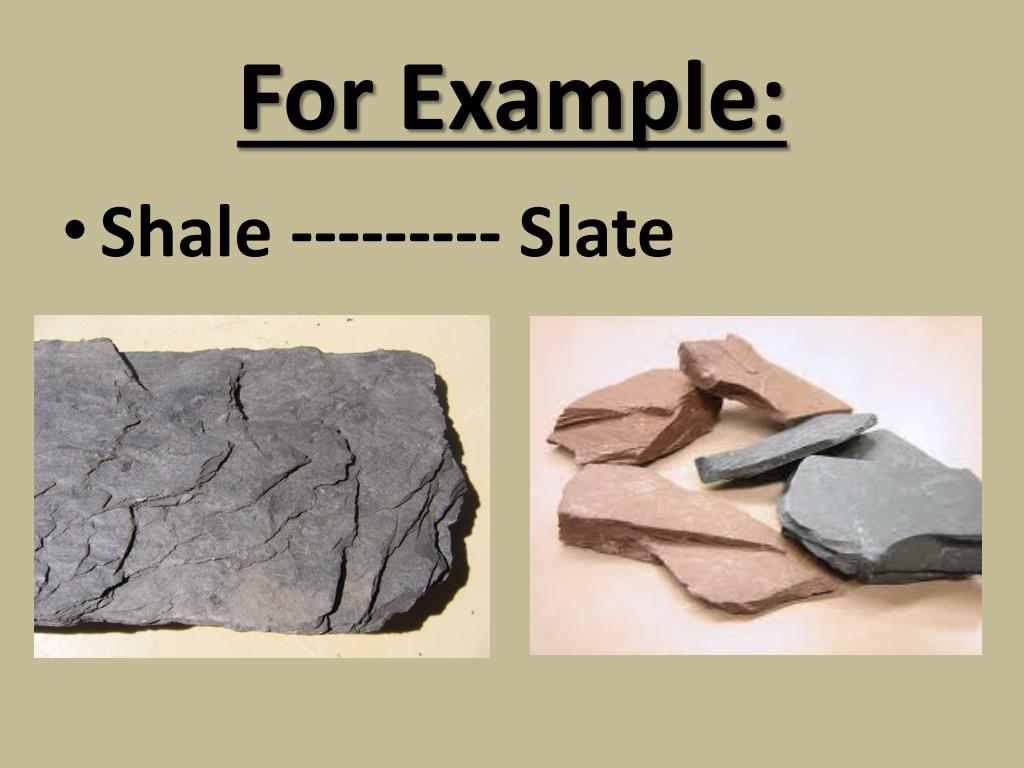When it comes to geology, the terms "shale" and "slate" often create confusion among enthusiasts and professionals alike. Both of these rock types originate from sedimentary processes, yet they exhibit distinct characteristics that set them apart. In this article, we will delve into the key differences, formation processes, and uses of shale and slate, ensuring clarity for those seeking to understand these fascinating geological materials.
Shale is primarily a sedimentary rock composed of clay minerals and tiny fragments of other minerals. It forms from the compaction of mud and silt over time, making it one of the most abundant sedimentary rocks on Earth. On the other hand, slate is a metamorphic rock that originates from shale. When shale undergoes intense heat and pressure, it transforms into slate, a process known as metamorphism. This transformation not only alters the mineral composition but also enhances the durability and aesthetic qualities of the rock.
As we explore the topic of shale vs slate, we will cover various aspects, including their geological formations, physical properties, uses in construction and art, and their significance in the field of geology. By the end of this article, you will have a comprehensive understanding of both shale and slate, enabling you to appreciate their unique qualities and applications.
What is Shale?
Shale is a fine-grained sedimentary rock that is primarily composed of clay minerals. It typically forms in quiet water environments, such as lakes, lagoons, and deep ocean floors, where fine particles settle and accumulate over time. Here are some key features of shale:
- Composition: Mainly composed of clay minerals and silt-sized particles.
- Color: Often found in shades of gray, brown, or black.
- Texture: Exhibits a layered or fissile structure, allowing it to break easily into thin sheets.
- Uses: Commonly used as a source of natural gas and oil, as well as in brick and pottery manufacturing.
How is Shale Formed?
The formation of shale occurs through a series of geological processes:
What is Slate?
Slate is a metamorphic rock that forms from the alteration of shale under high pressure and temperature. This transformation results in a denser and more durable rock with unique characteristics:
- Composition: Primarily composed of quartz, muscovite, and illite, with a fine-grained texture.
- Color: Often displays a range of colors, including gray, green, purple, and black, depending on mineral content.
- Texture: Exhibits a well-defined foliation, which allows it to split into thin, flat sheets.
- Uses: Widely used in roofing, flooring, and decorative stone applications.
How is Slate Formed?
The metamorphic process that leads to the formation of slate involves several stages:
What are the Key Differences Between Shale and Slate?
While both shale and slate share a common origin, they have several distinguishing features:
- Type: Shale is a sedimentary rock, whereas slate is a metamorphic rock.
- Formation Process: Shale forms from the compaction of sediments, while slate forms from the metamorphism of shale.
- Physical Characteristics: Shale is generally softer and more brittle than slate, which is denser and more durable.
- Uses: Shale is primarily used as an energy resource, while slate is favored for architectural and decorative purposes.
Why is Understanding Shale vs Slate Important?
Understanding the differences between shale and slate is crucial for various fields, including geology, construction, and environmental science. Recognizing their properties can lead to better resource management and sustainable practices. Additionally, knowledge of these rocks can aid in identifying suitable materials for specific applications, ensuring the longevity and functionality of structures.
What are the Common Uses of Shale and Slate?
Both shale and slate have practical applications that highlight their unique properties:
Common Uses of Shale
- Natural gas and oil extraction through hydraulic fracturing.
- Manufacturing of bricks, tiles, and pottery.
- As a soil amendment in agriculture.
Common Uses of Slate
- Roofing materials for residential and commercial buildings.
- Flooring tiles for both indoor and outdoor spaces.
- Decorative stone for landscaping and architectural features.
Conclusion: Shale vs Slate – A Geological Perspective
In summary, shale and slate are two distinct rock types that, while related, serve different purposes and exhibit unique characteristics. Shale, a sedimentary rock, is primarily associated with energy resources and construction materials, while slate, a metamorphic rock, is prized for its durability and aesthetic appeal in architecture and design. By understanding the differences between shale vs slate, we can appreciate the complexities of the geological processes that shape our planet and the materials we use in our daily lives.



ncG1vNJzZmivp6x7s7HBnqOrmZ6YtbjFzmeaqKVfnru0tcahq6xuX6i1orjEZq2sZaOhrrWxjaGrpqQ%3D